Design for planetary imaging and EAA!
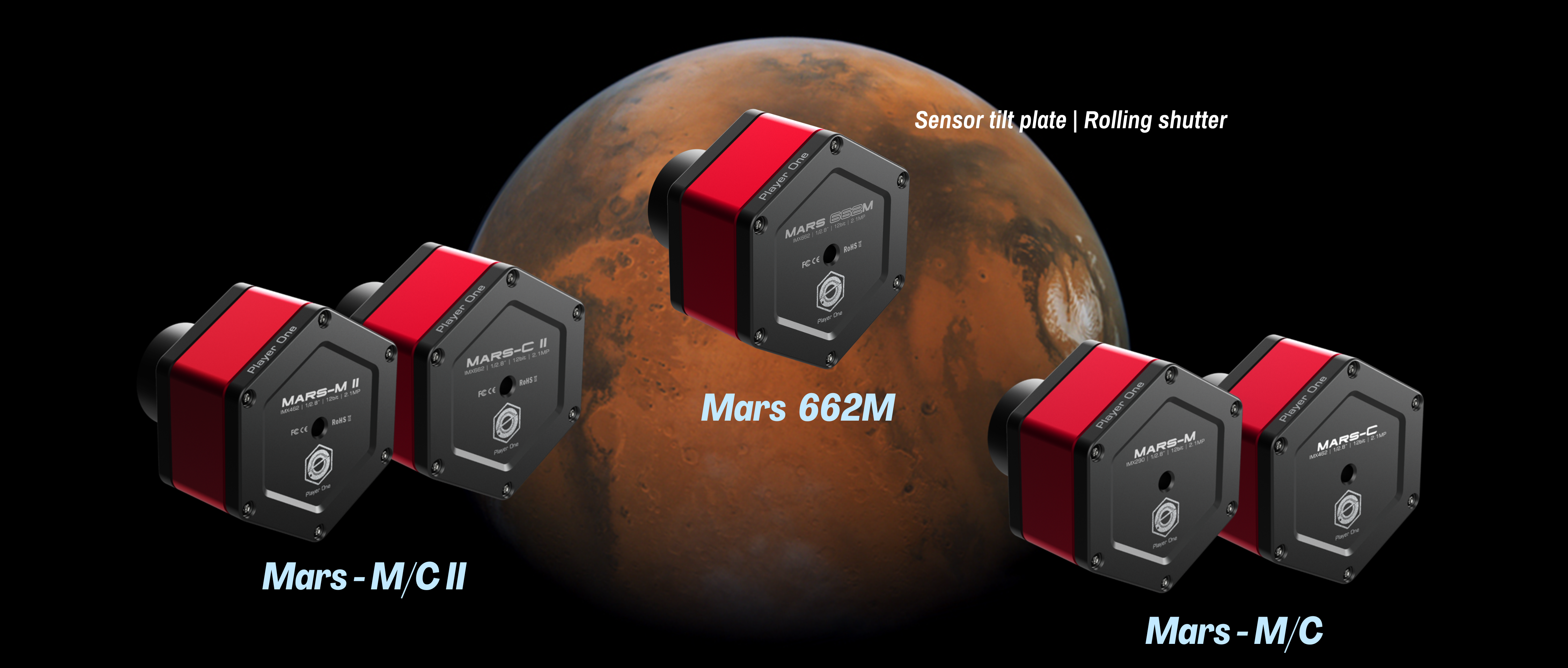
Product Description
Mars-M is a monochrome planetary camera developed by Player One Astronomy, which adopts the Sony IMX290 1/2.8″ CMOS , with a 1944 x 1096 array of 2.9um pixels and the diagonal is 6.46 mm.
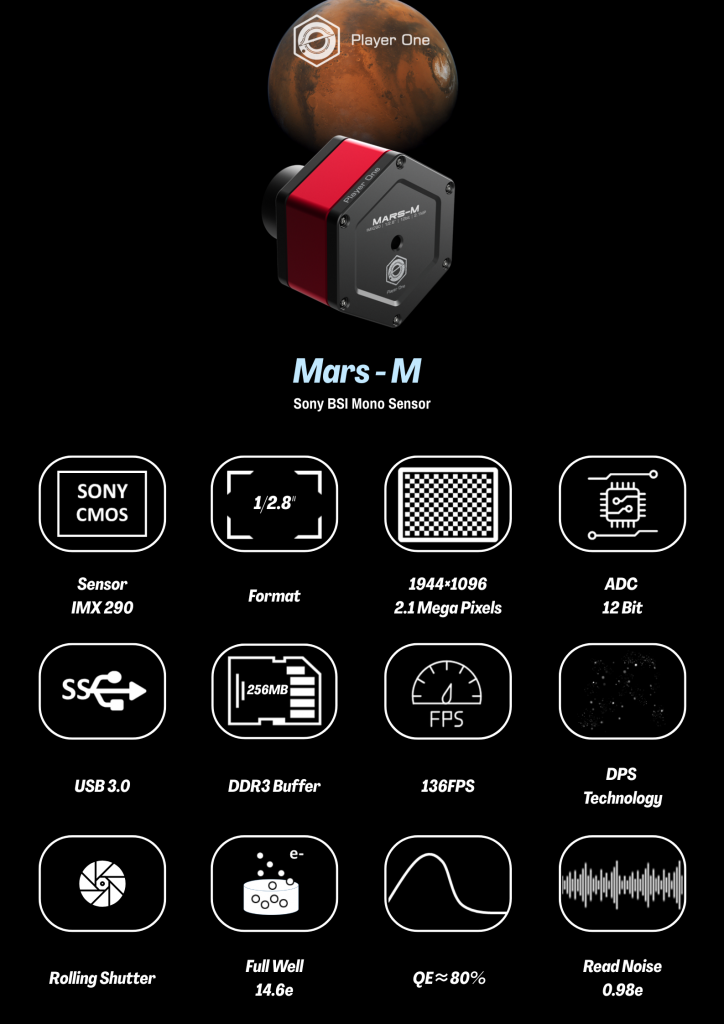
Drivers and softwares download: http://player-one-astronomy.com/service/software/
Manuals download: http://player-one-astronomy.com/service/manuals/
Highlights
Mars-M is an monochrome camera with higher sensitivity than color cameras, you can get brighter image when you do planetary imaging. In additional, the monochrome camera can get a sharper image because it does not need de-Bayer transformation. It is suitable for close-ups of the moon and sunspots.
Connecting the Mars-M camera to a telescope with an 1.25″ T-Mount, or adding a Barlow lens between the camera and a telescope to extend the focal length for more details.
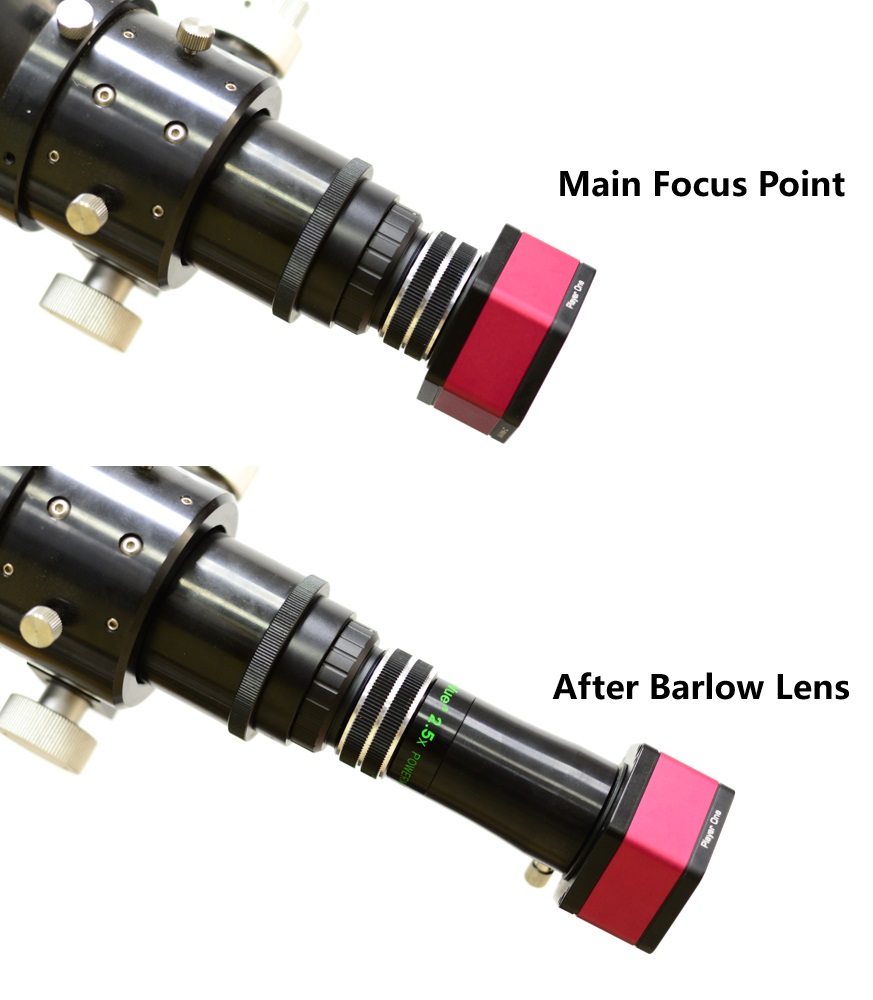
With a CS lens attached on the Mars-M camera,it can be used as an all-day camera or meteor monitoring camera, monochrome camera has better performance than color camera!

Features:
Cutting-edge Design
The planetary cameras developed by Player One Astronomy uses a scientific and technological regular hexagon to construct the main body line, supplemented by round chamfers to achieve both rigidity and flexibility. The positive red, which is like a summer fire, is matched with the low-key and steady black, and the super-fine frosting process on the entire surface makes the camera look luxurious and cool, highlighting the style of high-end players, can’t take my eyes off ; D
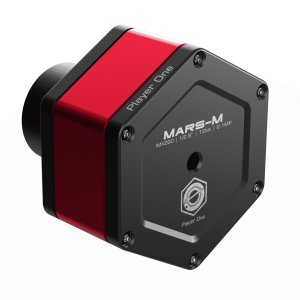
2nd Gen – Sensor Tilt Plate
The built-in high-density sponge shading pad can block the light from the side slits without any side leakage.
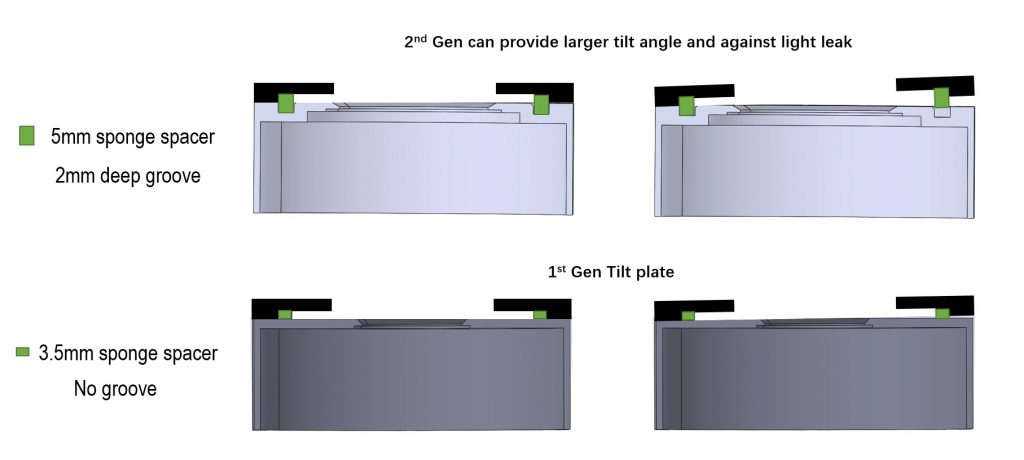
When taking solar photograph with prominence telescope, the Newton ring is annoying. Smoother solar image without Newton ring could be taken by adjusting the focal plate. Get a much smaller field curvature of the telescope.
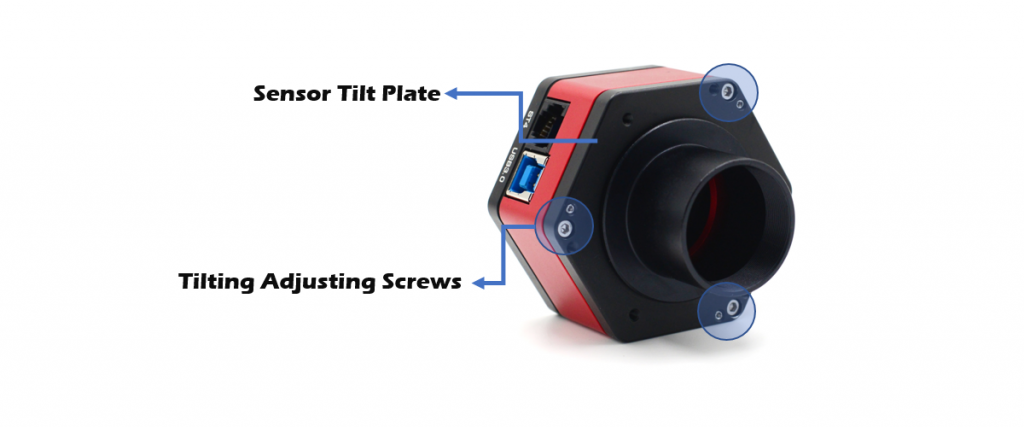
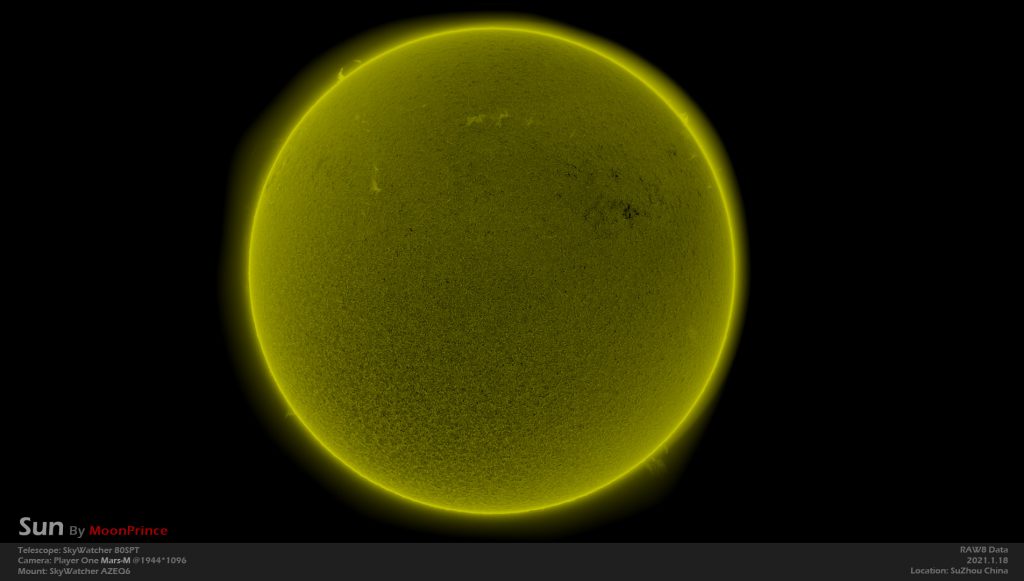
The built-in high-density sponge shading pad can block the light from the side slits without any side leakage.
256M DDR3 Cache
Player One Astronomy cameras are the first one who adpots the DDR3 cache in all planetary cameras in the world! It helps stabilize and secure data transmission, it effectively avoids frame dropping and greatly reduces readnoise.
With the DDR3 cache, the Mars-M camera does not have high demands on computing needs any longer, it will still has excellent performance even if it is connected to a USB 2.0 port.

DPS technology
The planetary cameras from Player One Astronomy have DPS (Dead Pixel Suppression) technology. The DPS is anaylse many dark frames to find out thoes fixed abnormal pixel and record the map in camera memory. In imaging, each exposure frames, thoes position of dead pixels will be given a median value according to the active pixels around that abnormal pixel.
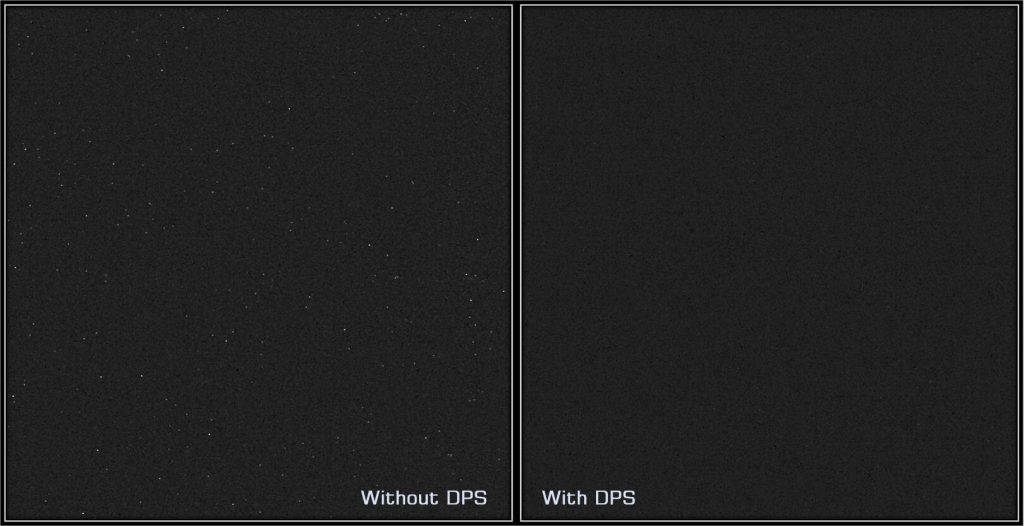
Overvoltage and overcurrent protection mechanism
Player One cameras produced by the number one player ensures the safety of your camera and other equipment through overvoltage and overcurrent protection mechanisms.
USB3.0 Port and ST4 Port
When the camera is connected to the USB3.0 interface and full-resolution preview is used, it can reach 136 FPS in RAW8 mode (10bit ADC), and the frame rate in RAW16 mode (12bit ADC) is 64 frames per second. When recording images, since the actual writing speed will be affected by the writing speed of the hard disk itself, when the hard disk writing speed is slow, the recording may not reach the theoretical speed. It is recommended that you use a high-quality solid state drive to record data to give full play to the performance of the camera.
Use the ST4 guide cable to connect the camera and the AUTO GUIDE port of the equatorial mount to do guiding.

Performance
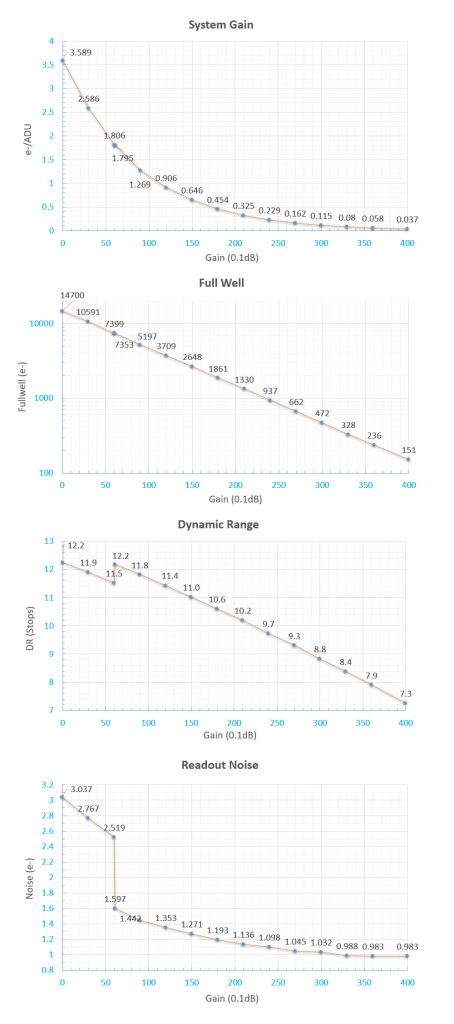
Readout Noise
Regarding readout noise, we solemnly promise that all values are obtained from actual tests. And for users, you could use Sharpcap 3.3 for testing. SC3.3 has a function called Sensor Analysis, provide a very simple way to test readout noise.
We wrote a tutorial on our website: http://player-one-astronomy.com/service/manuals/
After many rigorous readout noise tests, the Mars-M camera can reach a low readout noise of 0.73e at a gain of 350 and around 0.7e at a gain of 400.
If you are interested in readout noise testing, you may try it yourself, which is very simple.
HCG Mode
The Mars-M camera has a unique HCG mode, which will automatically turn on when the camera gain setting is ≥60. The HCG mode can greatly reduce the readout noise and retain the same high dynamic range as the low gain.
QE Curve
The peak value of QE of Mars-M camera is about 80%, and it has very strong ultraviolet and infrared sensitivity. The actual QE value can be estimated by multiplying the ordinate of the official relative QE graph (below) by 80%.
Mechanical Drawing
User works appreciation:
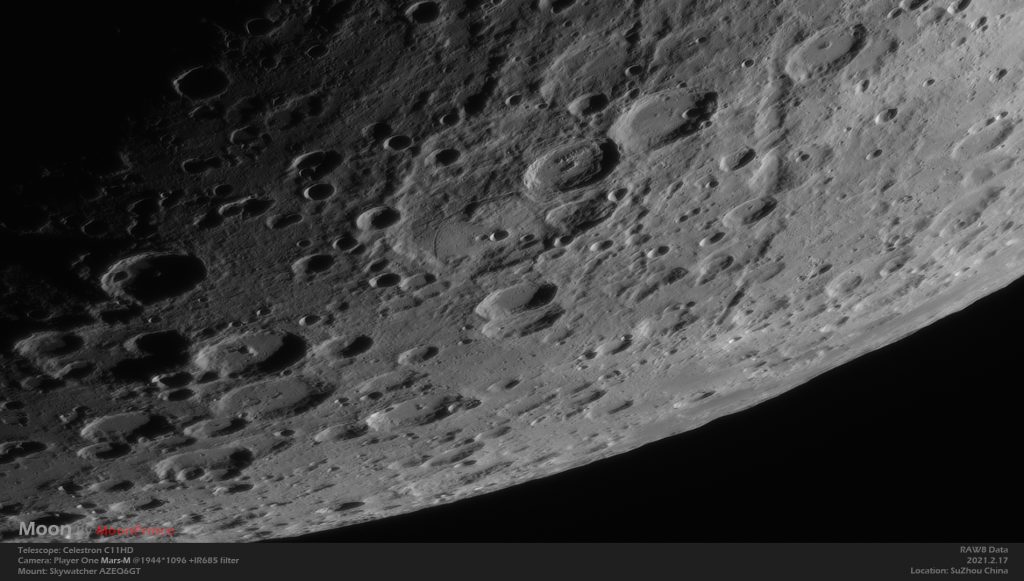
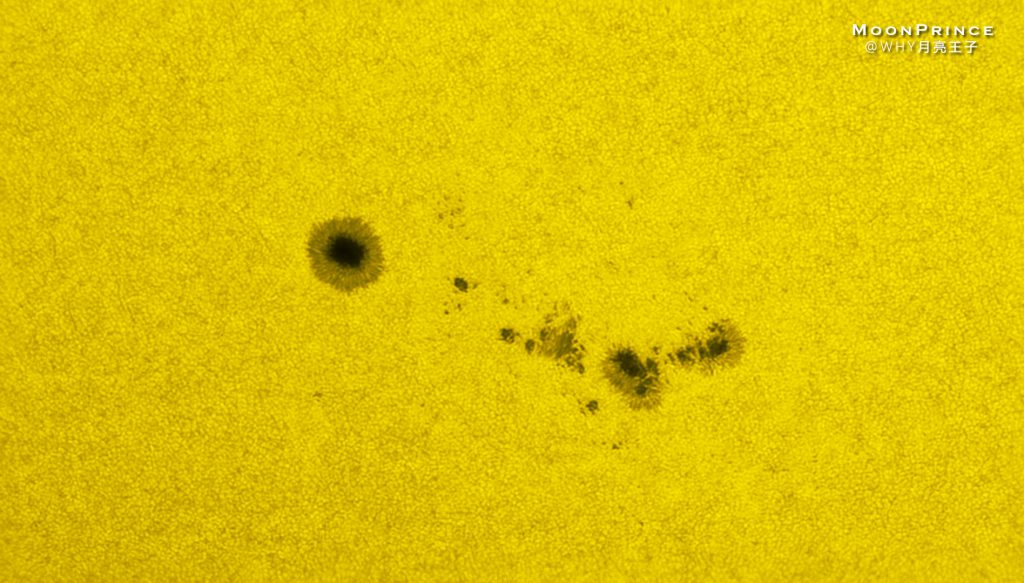
With Player One Filter Wheel (coming soon), you can use the Mars-M camera to do LRGB , NIR imaging etc. (Filters sold separately.)
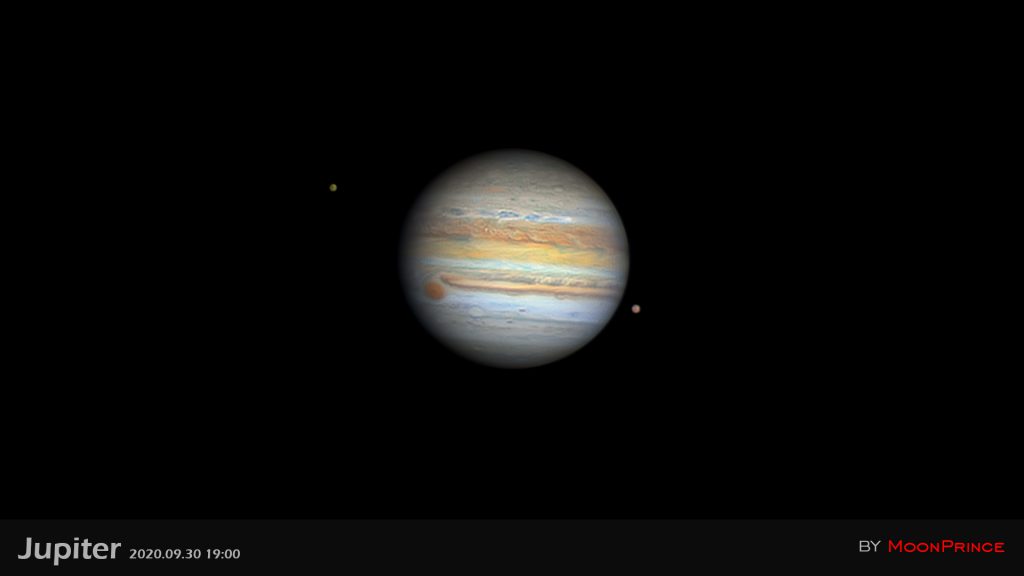

planets, Mars M
-白底-small100-200x78.jpg)
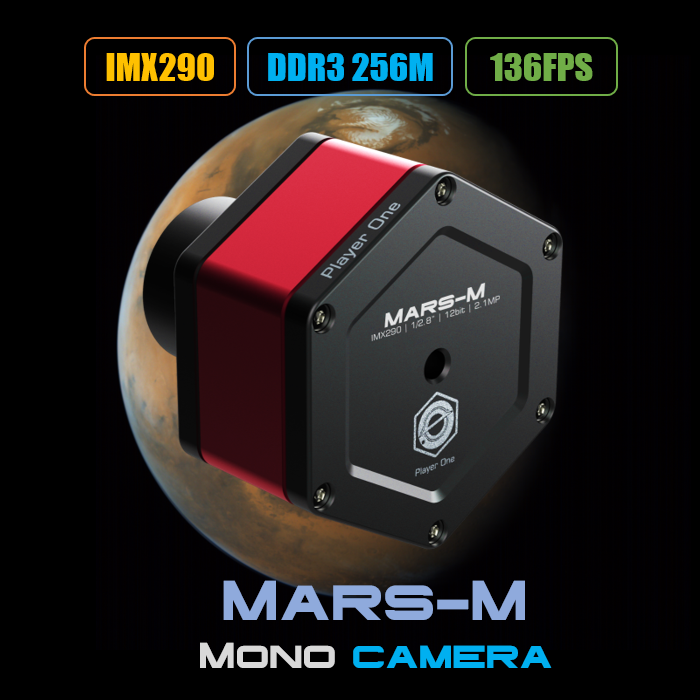
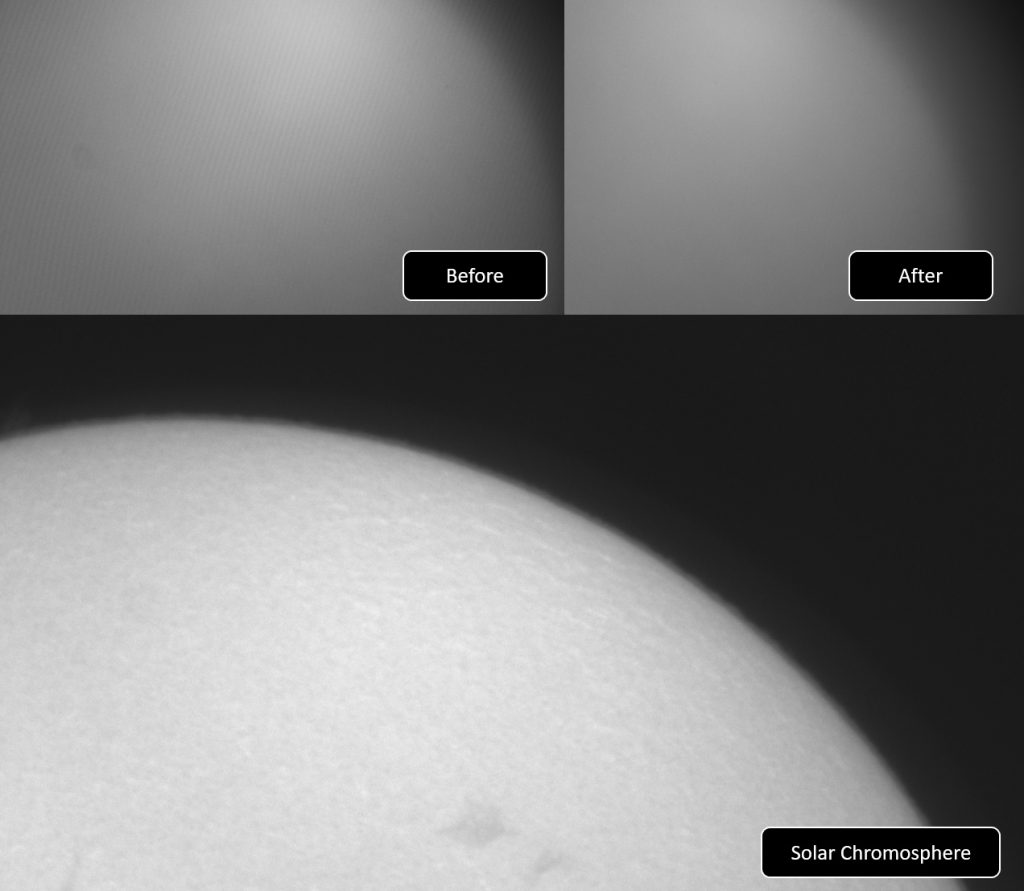
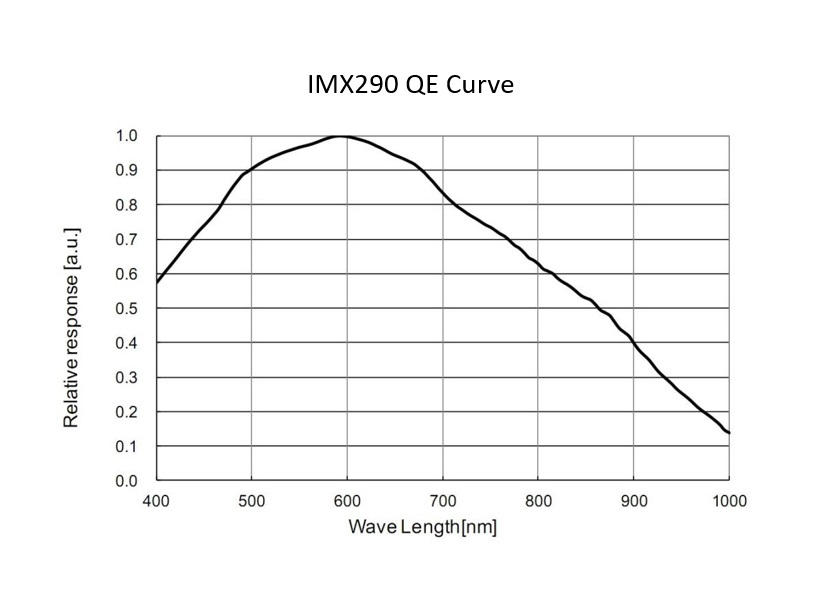
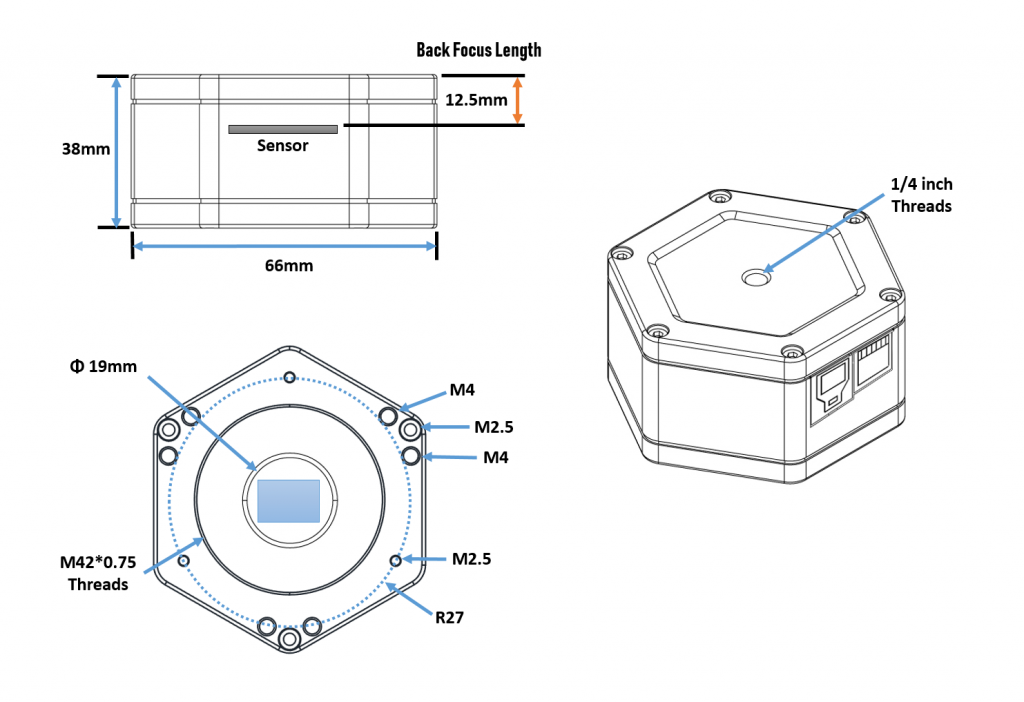
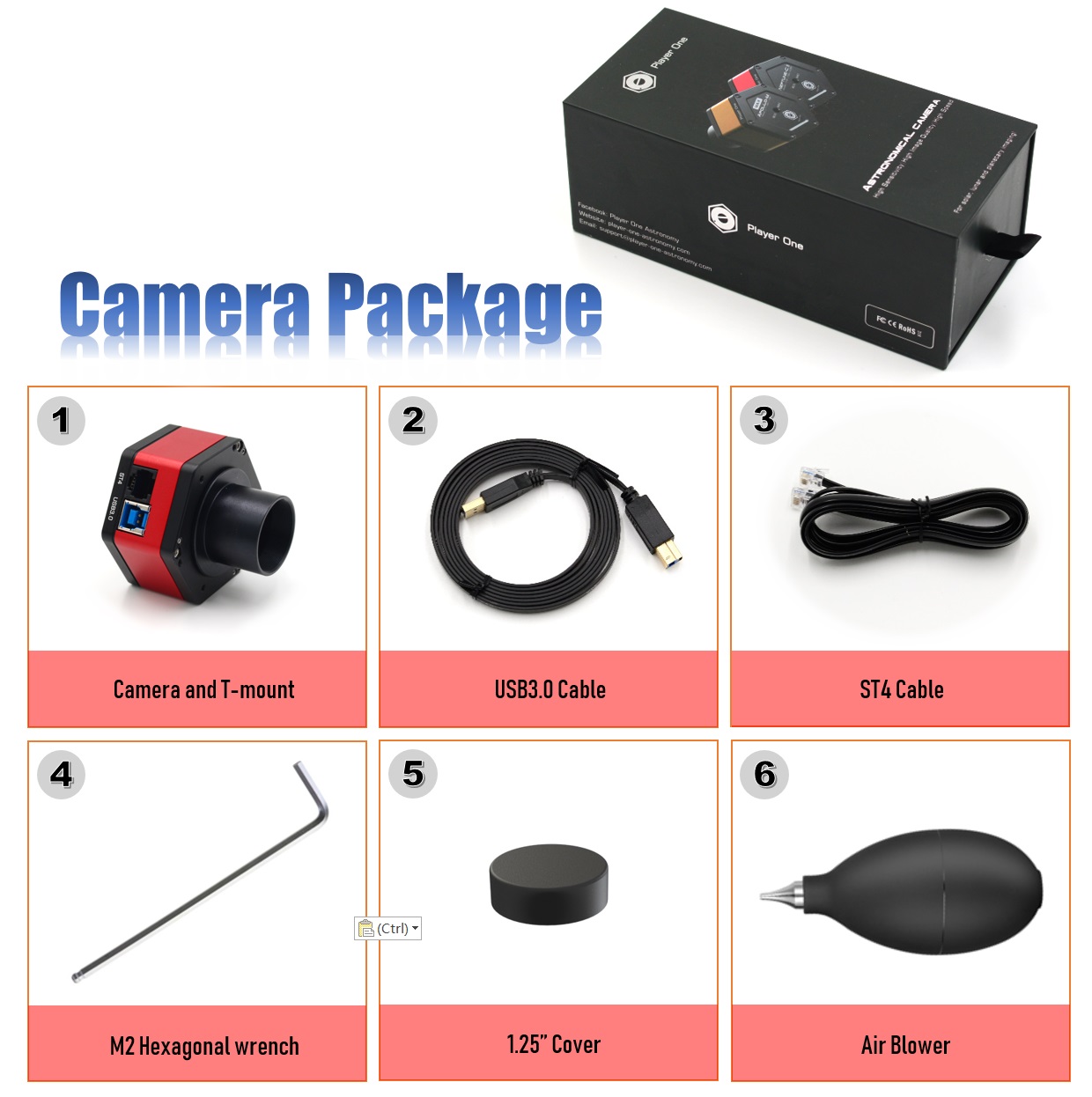
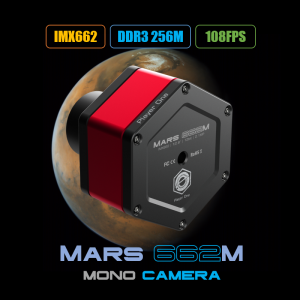
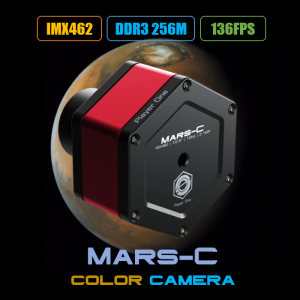
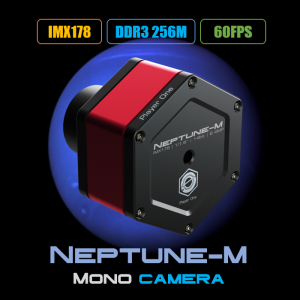
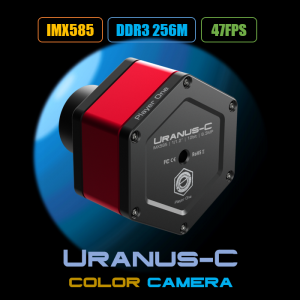
Happy Range –
I bought this camera about 3 months ago, it’s works so well, no stuck no issues. I think P1 is really did something impressive, just only a few people know it. I’m sure this camera is the best choise, compare with other IMX290 cameras.